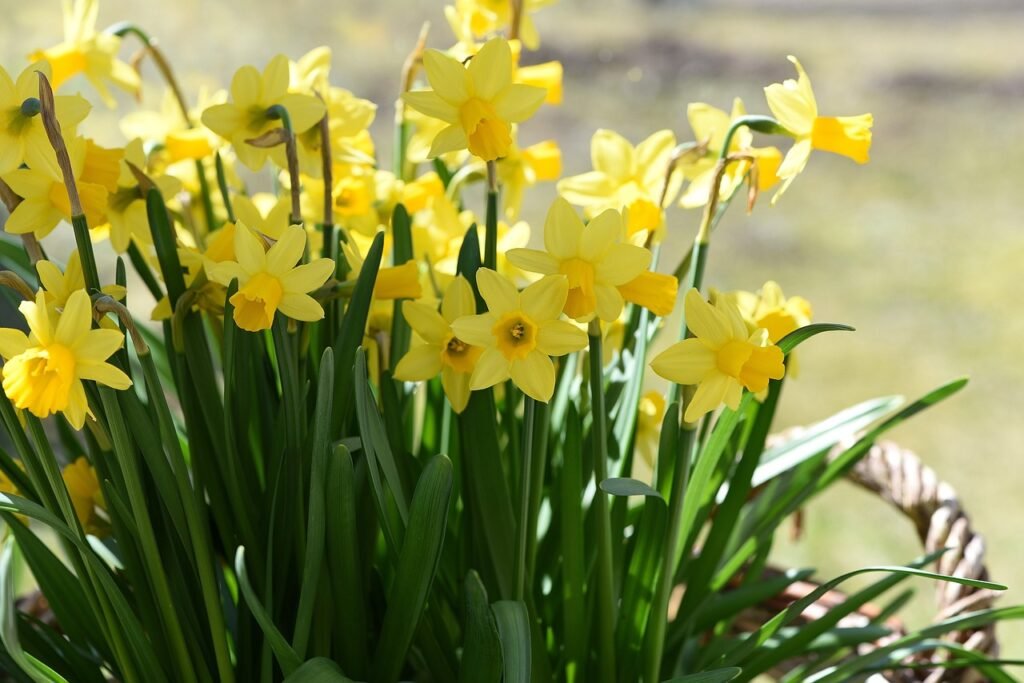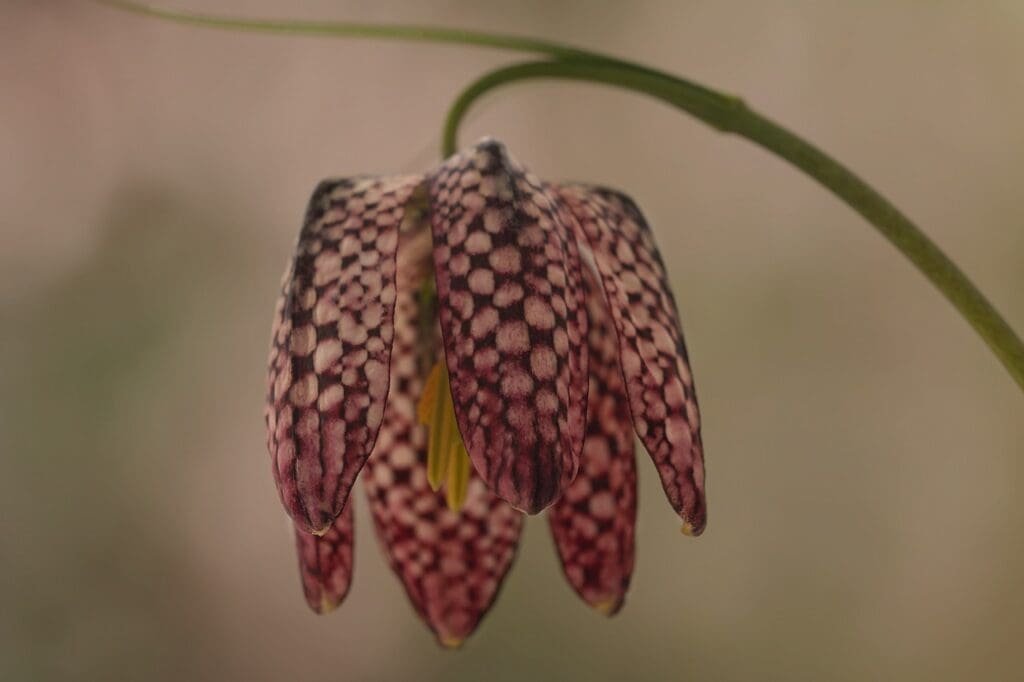Spring bulbs are a beloved sign of the changing seasons. As winter fades, these hardy plants emerge, bringing colour and cheer with their bright blooms. For gardeners, spring bulbs are an easy way to add beauty to any yard or garden. When planted properly, they can provide enjoyment for years to come.
When selecting bulbs, pay attention to variety types that will thrive in your particular climate. Choosing well-suited bulbs and planting them at the proper depth and spacing will give them the healthiest start. This allows them to establish strong roots and store energy for future years.
There are many spring-blooming bulbs to choose from, check out our growing guides below for some of our favourites.
Daffodils

Daffodils are one of the most iconic and beloved spring flowers. With their bright yellow blooms and trumpet-like shape, daffodils evoke the sunny days of spring. Daffodils come in a wide range of sizes and forms. Plant them in drifts or clusters for a cheerful display.
Crocus

Crocus are among the earliest bloomers, often emerging while snow still dusts the ground. The cup-shaped purple, yellow, and white flowers are a harbinger of the warming days ahead. Crocus thrive when planted in large numbers and make excellent lawn or border plants.
Tulips

Known for their gorgeous cup-shaped blooms, tulips provide a burst of colour in spring gardens. From stripes to solids, single to double blooms, and early to late flowering, tulips have incredible diversity. Plant different varieties together for a long season of colour.
Alliums

Alliums offer big, rounded blooms packed into dense spheres atop slender stems. Their unique shape provides fun contrast to other spring flowers. Alliums include edible varieties like onions and garlic as well as ornamental alliums excellent for borders and cutting.
Hyacinths

Hyacinths fill the spring air with their sweet, distinctive fragrance. Though most common in shades of purple, pink, and white, hyacinths also come in red, yellow, orange, and multi-coloured varieties. Use them in borders, containers, or cut arrangements.
Snowdrops

Delicate snowdrops often bloom while snow still lingers on the ground. Their nodding white blossoms deliver hope that winter is ending. Snowdrops spread readily, creating carpets of white in lawn and woodland settings.
Snakes Head Fritillary

The Snake’s Head Fritillary, with its unique checkered blooms in shades of purple and white, stands out in spring gardens. Resembling a chessboard, each bell-shaped flower dangles elegantly from its stem, adding an exotic touch to wildflower meadows and garden borders. This distinctive plant thrives in damp conditions, often gracing riverbanks and wet woodland
Bluebells

Bluebells herald the arrival of spring in woodlands and gardens. These charming flowers sway gracefully on slender stems, creating a sea of blue under trees and in shady areas. As they flourish, bluebells weave a magical carpet that transforms spaces into fairytale-like settings, embodying the vibrant spirit of the season.
Planting Spring Bulbs
Proper planting is key to getting the most out of your spring bulbs. Be sure to follow our guides (above) for the different types of spring bulbs. As a general rule, you can follow these tips:
- Plant bulbs in the fall after the summer heat passes but before the ground freezes. Early to mid autumn is ideal.
- Prepare the planting area with well-draining soil enriched with compost or bulb fertilizer to encourage root growth.
- Choose a site with full sun to part shade. Most bulbs require good drainage and do not thrive in soggy soil.
- Plant bulbs at the proper depth according to the bulb’s size. As a rule of thumb, plant 2-3 times as deep as the bulb is tall.
- Place bulbs with the pointed end up in the hole and backfill with soil. Space bulbs appropriately so plants have room to grow when they emerge.
Caring for Spring Bulbs
Give your bulbs a good start with proper care:
- Water thoroughly after planting and provide 1 inch of water weekly during the spring growing season if rain is lacking.
- Most bulbs thrive in full sun, receiving at least 6 hours of direct sunlight per day. Crocuses and snowdrops can tolerate partial shade.
- Apply a balanced bulb fertilizer or all-purpose plant food in fall and spring to support growth. Follow product instructions carefully.
- Allow bulb foliage to die back completely before removing it. The leaves produce energy that rebuilds the bulb for next year’s flowering.
Aftercare and Bulb Lifespan
Spring bulbs require care after flowering to ensure health and performance for future seasons:
- Allow the bulb foliage to yellow and die back naturally after blooming finishes. Do not cut it off prematurely.
- Stop watering once the foliage turns yellow and begins to dry out. Allow the bulbs to remain dry over summer.
- Fertilize bulbs again in late summer or early autumn to support the next flowering cycle.
- Some bulbs like tulips and hyacinths are annual or short-lived perennials. You will need to replant them every 2-3 years. Other bulbs like daffodils and crocuses may thrive for years.
Spring Bulbs FAQs
Q. What are the best bulbs for beginners?
Daffodils, crocuses, and hyacinths are tolerant, low maintenance bulbs perfect for beginners.
Q. How long do spring bulbs bloom for?
Depending on variety, bulbs bloom for 2-6 weeks on average before foliage emerges. Crocuses and snowdrops bloom for a shorter period than later flowers like tulips.
Q. Should I cut off the spent blooms?
It is best not to cut off fading spring bulb flowers. Allow the energy from the blooms to go back into the bulb until foliage fully dies back.
Q. Why don’t my bulbs flower well after the first year?
Bulbs that underperform in following seasons often lack proper fertilization and drying out during their dormant summer period.
Final thoughts
With their cheerful flowers in glowing colours, spring bulbs are a must for every gardener. A properly planted and cared for bulb display will brighten up your landscape year after year. Follow best practices and enjoy these beautiful harbingers of spring.
